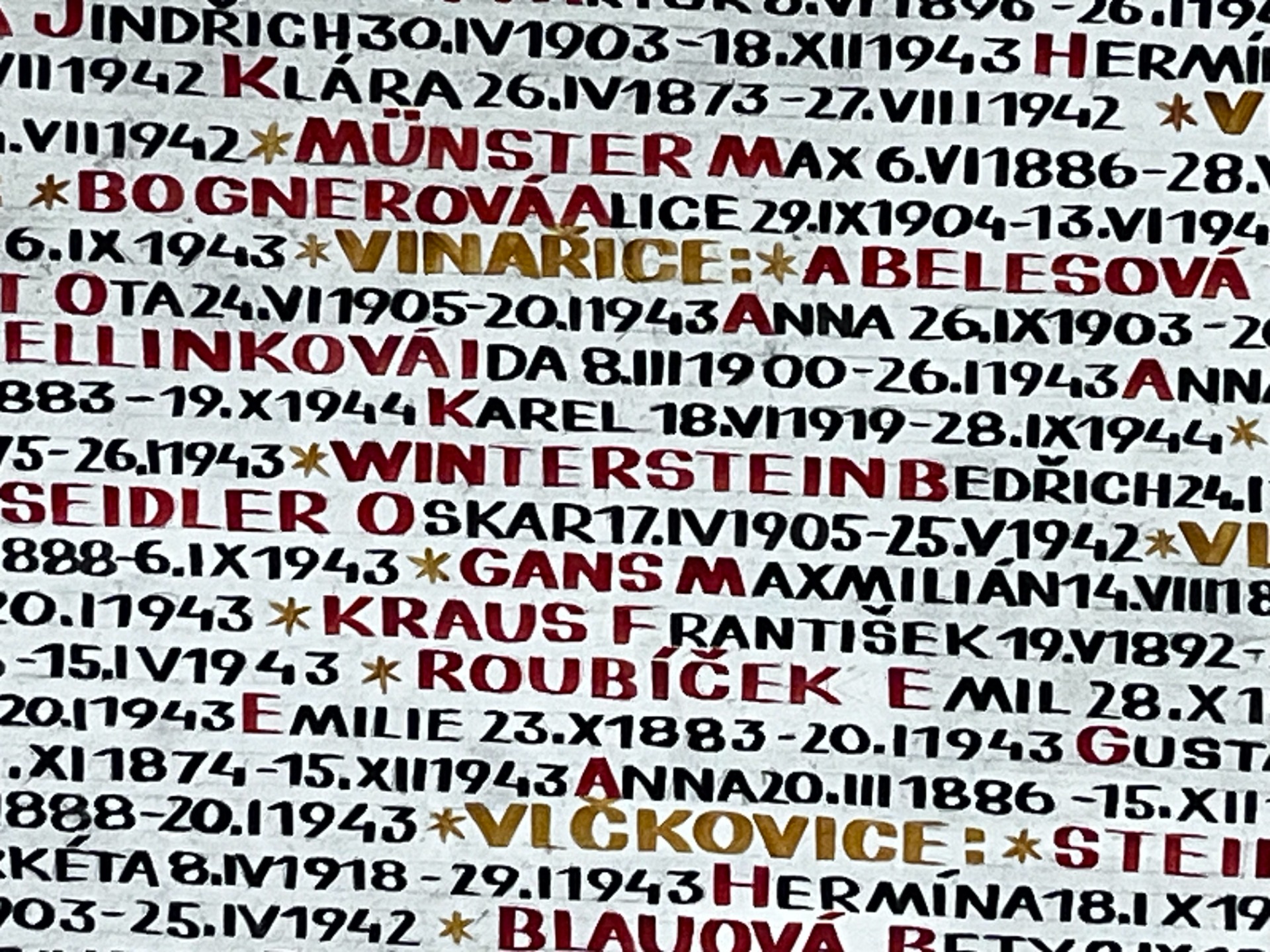Notes to my readers
(Section II of my book)
I thought I was about to reconstruct and tell my father's past but, in the end, unbeknownst to me at first, it was my own journey that I ended up telling, as it became more formidable and inspiring with each new discovery. For that reason, the facts about my family's experiences do not form a linear path; they are mingled with the account of my experiences while unraveling that past. I realize that it will make the reading of this story a little bumpy at times but so be it! Think of it more as a web than a straight line, or the stitches right side up, inside out needed and interwoven to knit… a pair of socks.
Indeed, at times, I will knit one stitch right side up, when I tell this story chronologically, and at other times I will knit an inside-out stitch, when I return to facts or encounters that serve to clarify my story. At other times, I will weave a story within another story. I realize that the metaphor doesn't work as well in English as it does in French—the language in which I wrote the first version of my manuscript. Perhaps "a step at a time" would have sounded better, "one step forward," "one step back," but I wanted to stay close to the original French: "Une maille à la fois" (one stitch at a time), "une maille à l'endroit" and "une maille à l'envers" (a stitch forward and a stitch backward) as well as "des mailles entrelacées" (interwoven knitting). This knitting analogy more accurately conveys my research and writing process as the book switches between the characters, stories, places and times directly linked to my family, and those that aren't, but who in one way or another play a great role in the discovery and understanding of my father's past. Quite interestingly, in several German and Czech documents, my grandfather's factory is referred to as a "knitting factory" or in French as a tricoterie, which I wasn't aware of when I decided on the title of my book.
As the knitting might crisscross now and again, for clarification I have included a list of the "characters" and when necessary, a map of France with the cities I mention in my story. They can be found at the beginning to each new chapter and at the end of the book. A partial tree of my family, found before chapter one, will help the reader understand the link between the characters.
At the start of this adventure, I thought that I would resort to informed speculation when the facts of history, the letters in my possession, the few pages written in my father's hand, and other documents entrusted to me could not on their own tell the whole story. I chose instead to leave in my unanswered questions, which in the end were few and far between thanks to all the letters and documents that intersect and cross-reference to tell this story!
Almost always, the letters served as a springboard to unexpected areas of investigation. These translate into digressions that will sometimes interrupt the flow of my father's story but provided me with invaluable information about historical events so little known to me. As my research progressed, I realized that I made several wrong assumptions. These were either corrected in the chapters in which they appeared or toward the end of the book, in chapter eighteen—the chapter written after my second visit to Brno, my father's birth town, in November 2024. When to make the corrections depended on the nature of the errors and the timing of their discovery.
The letters quoted were written in several languages. Édouard and his mother Hélène communicated almost exclusively in French, though it was not their native tongue. To stay faithful to their words and emotions, I have left untouched the mistakes and gaucheness that sometimes creep into their correspondence.
My research also led me to my third cousins, Michael Fuhrmann, Mary Ann Placzek Scheuer, Karen Kruger and Peter Stern. Not only do we share the same great-great-grandparents, Baruch Placzek and Caroline Low-Beer, but also a great abiding interest in our family's history.
Like my father, I find myself faced with a blank page. Even after authoring hundreds of articles in his postwar life as the editor and director of the daily sports paper, L'Équipe, he said he never got used to this first blank page...
Let's walk this path and fill in these pages together, shall we?
